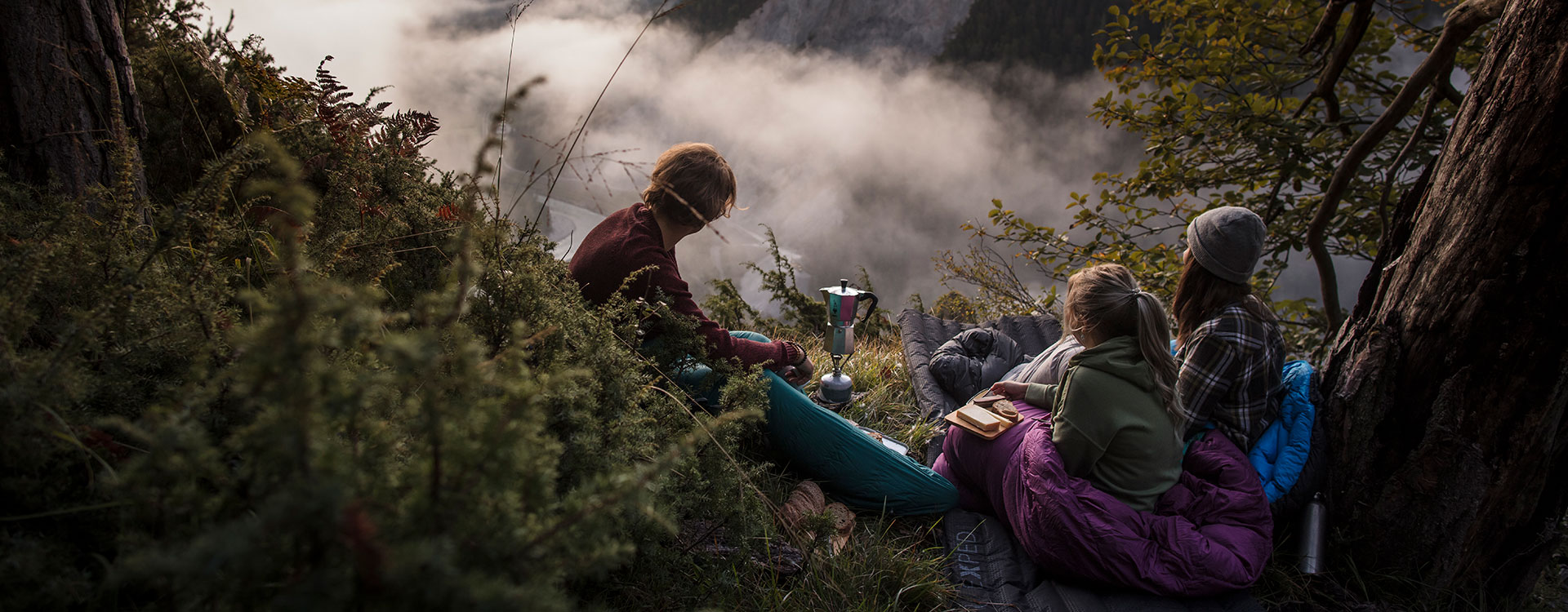trekking supplies
Trekking supplies: tips and tricks for single-day and multi-day hikes
Proper hiking preparation includes the careful planning of your trekking supplies. This is not always easy, as even if you’re travelling as lightly as possible, it’s inevitable that hunger will strike at some point. Depending on the length of the hike, you should think about durability, ease of preparation and sufficient calorie content when it comes to your hiking provisions. We’ve put together the most important tips for hiking supplies, divided into hikes lasting one day, two days and three or more days.
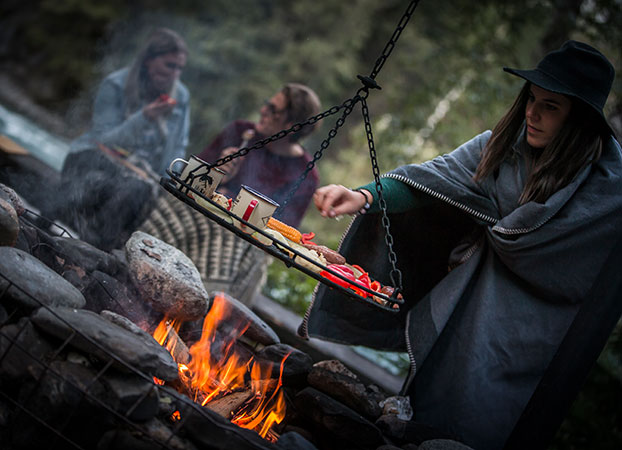
Trekking supplies for one to two days
If you’re hiking for just a single day, then you can bring more or less anything you like with you. However, we recommend bringing a balanced mix of fruits, sweet things and hiking provisions containing carbohydrates, such as sandwiches. Bars, nuts or dried fruits make for good snacks on hikes. In addition to food supplies, you should also bring plenty of water with you on your hike.
In the case of two-day hikes, you can also be fairly liberal in what you choose for your trekking supplies. With a little research online, you can find various types of tasty dishes that you can easily prepare outdoors. Depending on the difficulty of the hike, you might prefer to leave some weight at home or bring your spices and other accessories to conjure up a gourmet outdoor meal.
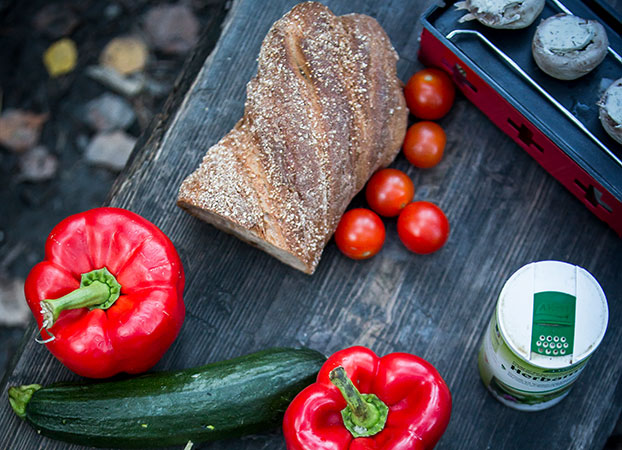
Trekking supplies for three or more days
For hikes of three days or more, planning becomes a little trickier. Many food products, such as cheese or fruits, do not last long in your backpack before spoiling. So you need to rely on non-perishable meals. As you will generally have a very high calorie consumption on this type of hike, you need to plan your hiking supplies very carefully.
Muesli with powdered milk, which you can mix with water, is a good idea for breakfast. Alternatively, or in colder weather, porridge is a delicious option and will also help to warm you up. Simply heat up the water, add the oat flakes and leave to swell up for a few minutes.
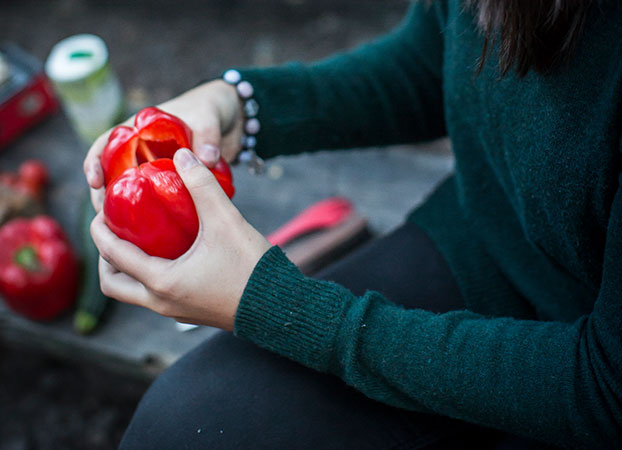
During the day, most hikers do not have any warm meals as part of their trekking food. Cooking takes time, and during this time, your body winds down and grows colder. After taking a break like this, you need to use much more energy to continue with your hike than if you only take short breaks. We therefore recommend only having snacks for the duration of your hike. Energy bars, nuts and dried fruits are particularly suitable, or some chocolate for a little snack when you need it on your hike. This will keep your energy levels constant.
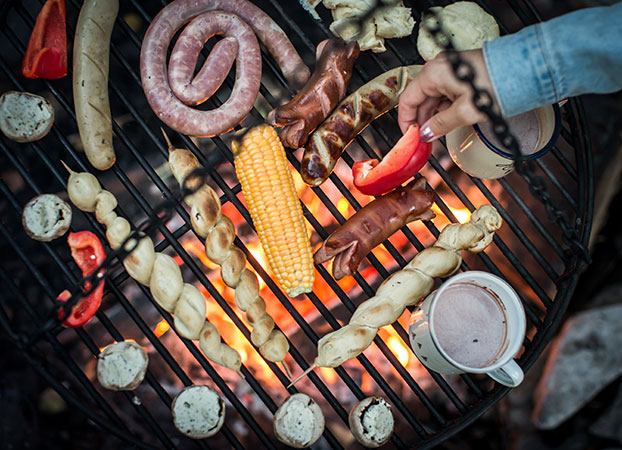
You can then have a feast in the evening time, even while trekking. You can find the food you need in supermarkets or specialised sports shops. They stock a wide range of ready-made meals which you can cook using water. Make sure that your trekking food has enough calories and nutritional value. You can also cook yourself, of course, if you’re prepared to carry the additional weight of the cooking utensils.
Trekking supplies: tips and tricks
|
• Remove any unnecessary packaging from your hiking provisions and pack food products in plastic bags. This will save both space and weight. |
|
• Don’t forget to pack some soap for washing up. All-in-one soaps can also be used for the body and hair. |
|
• Bring a rubbish bag with you to carry the leftovers from your hiking snacks back down to the valley. |

